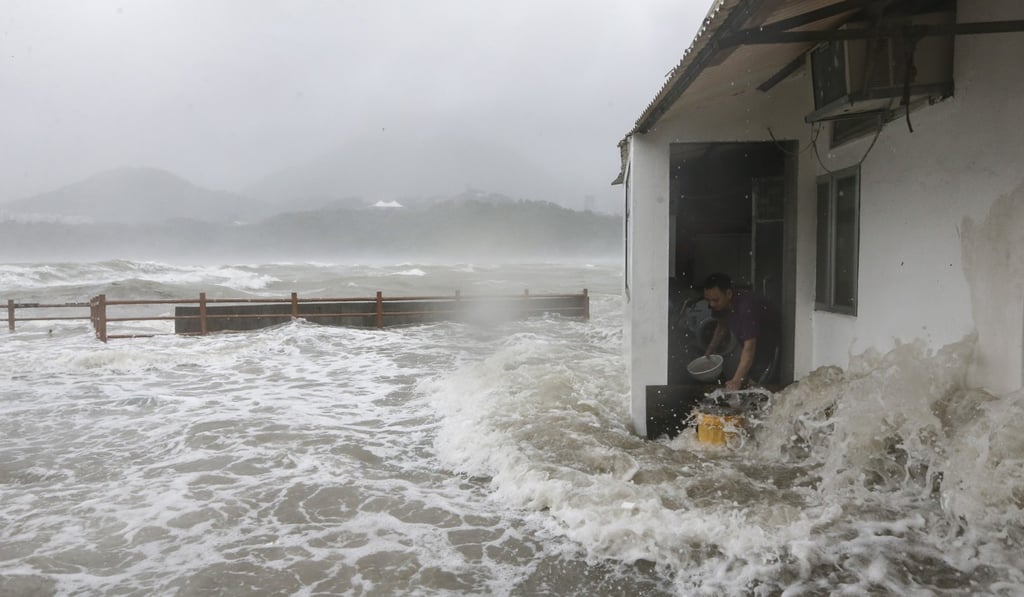Bigger, badder typhoons and climate change – what’s the link?
Scientists suggest that extreme weather will be the “new normal of warming world”. Coastal cities like Hong Kong must be better prepared.

It has been a wild and wet 2017. As Typhoon Hato battered Hong Kong and Macau in August, grounding flights and killing 10 people, hurricanes Harvey, Irma and Maria unleashed hell on the Americas, causing hundreds of deaths.
Typhoons, hurricanes and cyclones are the same thing, but have different names depending on which ocean they form over.
They brew near the equator, where warm ocean water evaporates and forms clouds with areas of lower pressure below. The clouds and wind grow and spin faster into a whirling mass, and when wind speeds reach 118km/h, the storm becomes a typhoon.

Following Hato, the question is once again being raised: is climate change causing more typhoons and stronger typhoons?
There is no “simple” or conclusive answer to the question, atmospheric scientist Professor Johnny Chan Chung-leung said.